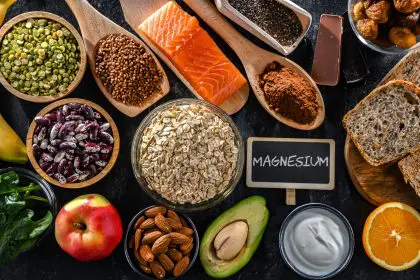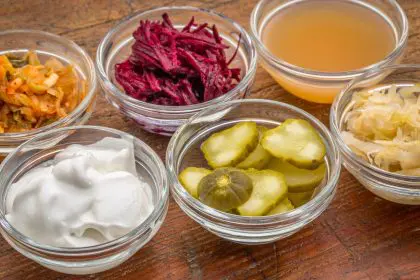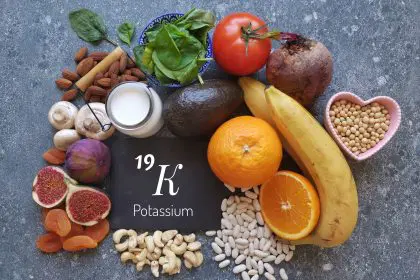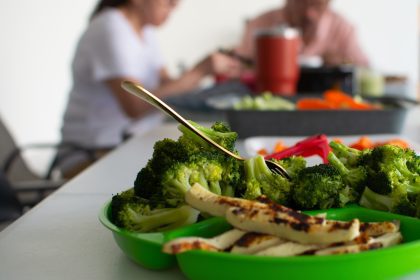The question of how Japanese people manage to maintain some of the lowest rates of heart disease in the world while consuming rice every day has fascinated scientists, nutritionists and everyday observers for decades. In a time when carbohydrates often get a bad reputation in Western diets, Japan’s enduring heart health challenges mainstream beliefs and opens the door to valuable insights.
Understanding this unique phenomenon requires a deeper look into lifestyle, cultural values, traditional nutrition and the way food is prepared and consumed. From balanced meals to mindful living, Japan’s way of life holds secrets the rest of the world could benefit from adopting.
Rice as a cultural cornerstone
Rice isn’t just food in Japan—it’s a national treasure. Served with almost every meal, rice is ingrained in daily life, religious ceremonies and family traditions. However, unlike highly processed rice or fast carbs found in many Western diets, Japanese rice is typically short-grain, sticky and prepared without butter, oil or heavy seasoning.
This form of rice, often served in smaller portions, is usually part of a complete and balanced meal. Rather than loading up on rice, the Japanese pair it with vegetables, seafood, fermented foods and small servings of lean protein. The synergy of these foods is a powerful combination that supports heart function and reduces chronic inflammation.
Whole-body wellness approach
The Japanese approach to health is holistic. Meals are only part of the puzzle. Movement, emotional well-being, social connection and traditional health philosophies play equal roles in maintaining a healthy cardiovascular system.
Daily routines often include walking or cycling to school, work or the train station. Even urban environments are designed to encourage foot traffic over car dependency. This consistent physical activity helps regulate blood pressure, improves circulation and maintains a healthy weight—all key factors in preventing heart problems.
Traditional meals and balanced plates
A typical Japanese meal includes more than just rice. There are usually multiple side dishes, such as steamed or pickled vegetables, miso soup and grilled fish. Seaweed, tofu, natto (fermented soybeans) and green tea also make regular appearances. These ingredients are packed with omega-3 fatty acids, antioxidants, fiber and anti-inflammatory compounds.
Each meal offers a balance of macronutrients and micronutrients without overloading on saturated fats or added sugars. Instead of high-sodium processed foods, meals are generally prepared from scratch with simple seasonings like miso, soy sauce, vinegar and dashi (broth made from seaweed and fish).
Portion control and mindful eating
In many Japanese households, food is presented beautifully in small dishes, and portions are modest. There’s an underlying philosophy of not overeating, expressed in the Okinawan practice of “hara hachi bu” — eat until you are 80% full.
This mindful relationship with food promotes slower eating, better digestion and a natural avoidance of excessive calorie intake. Overeating is one of the most common risk factors for heart-related illness in many other parts of the world. The Japanese way reduces that risk significantly.
The importance of fermented foods
Fermented foods are a staple of the Japanese diet. Miso, natto and pickled vegetables are more than just tasty additions—they serve as powerful tools for maintaining gut health and reducing inflammation.
Natto, in particular, contains an enzyme called nattokinase, which has been studied for its ability to prevent blood clots and support circulation. Miso is rich in probiotics and antioxidants, which can reduce cholesterol levels and protect arterial health. These natural dietary additions help keep the heart functioning efficiently well into old age.
Stress management through lifestyle
While no society is immune to stress, Japanese culture emphasizes the importance of routine, nature and social bonds to maintain emotional balance. Practices like:
- Tea ceremonies
- Forest bathing (shinrin-yoku)
- Regular family dinners
- Seasonal observances
These activities contribute to a sense of calm and connectedness. Reducing stress is essential for heart health. Chronic stress is linked to high blood pressure, increased cholesterol and a higher risk of heart attacks. The Japanese practice of cultivating peace in everyday rituals serves as a buffer against these risks.
Longevity and health statistics
Japan consistently ranks among the top countries in terms of life expectancy. According to the World Health Organization, Japanese people have one of the longest average lifespans globally, with cardiovascular-related deaths notably lower than in most Western countries.
This impressive health record is not due to a single factor but a tapestry of small, consistent habits—nutritional balance, physical activity, social harmony and stress reduction. Rice, when part of such a holistic lifestyle, does not pose a threat but instead becomes a harmless, even helpful, carbohydrate in the context of overall well-being.
Contrasting consumption patterns
The problem in many Western diets is not rice itself but the context in which it is consumed. Fried rice with added oils, rice bowls loaded with meats and sauces, or fast-food dishes with white rice on the side are significantly different from a Japanese home-cooked meal.
Moreover, rice in the West is often part of an oversized portion served without balance—missing vegetables, missing lean protein and often paired with sweetened beverages. These poor dietary patterns contribute more to heart disease than rice alone ever could.
Healthcare and prevention
While genetics do play a role, it’s the environment and behavior that shape long-term health outcomes. Japan has a well-structured universal health care system, emphasizing preventive care and early detection. Routine screenings help identify and manage potential heart risks before they become serious.
Moreover, people are more likely to follow medical advice and adjust their lifestyles early, helping reduce the development of chronic conditions.
Lessons for heart health
The Japanese model is proof that a high-carbohydrate staple like rice does not have to conflict with heart health. The secret lies in balance, portion size, preparation and lifestyle. For people in other countries, especially where heart disease is the leading cause of death, Japan’s approach offers a roadmap to rethink daily choices.
Instead of fearing carbs, the focus could shift to what accompanies them on the plate—and in life. Adopting just a few elements of Japanese lifestyle, such as walking more, cooking simple meals with whole ingredients and practicing mindful eating, could make a measurable difference in heart health.
A heart-healthy life is more than a diet. The reason Japanese people rarely suffer from heart disease despite eating rice every day isn’t a magical gene or a miracle grain. It’s the product of thoughtful living. It’s how food is integrated into a rhythm of movement, community and moderation.
There is no one-size-fits-all diet, but the Japanese lifestyle offers a compelling argument for the power of daily habits. It’s not just what’s on the plate—it’s the entire picture. And in that picture, rice has its place—safe, nourishing and part of a beautiful whole.
This story was created using AI technology.















